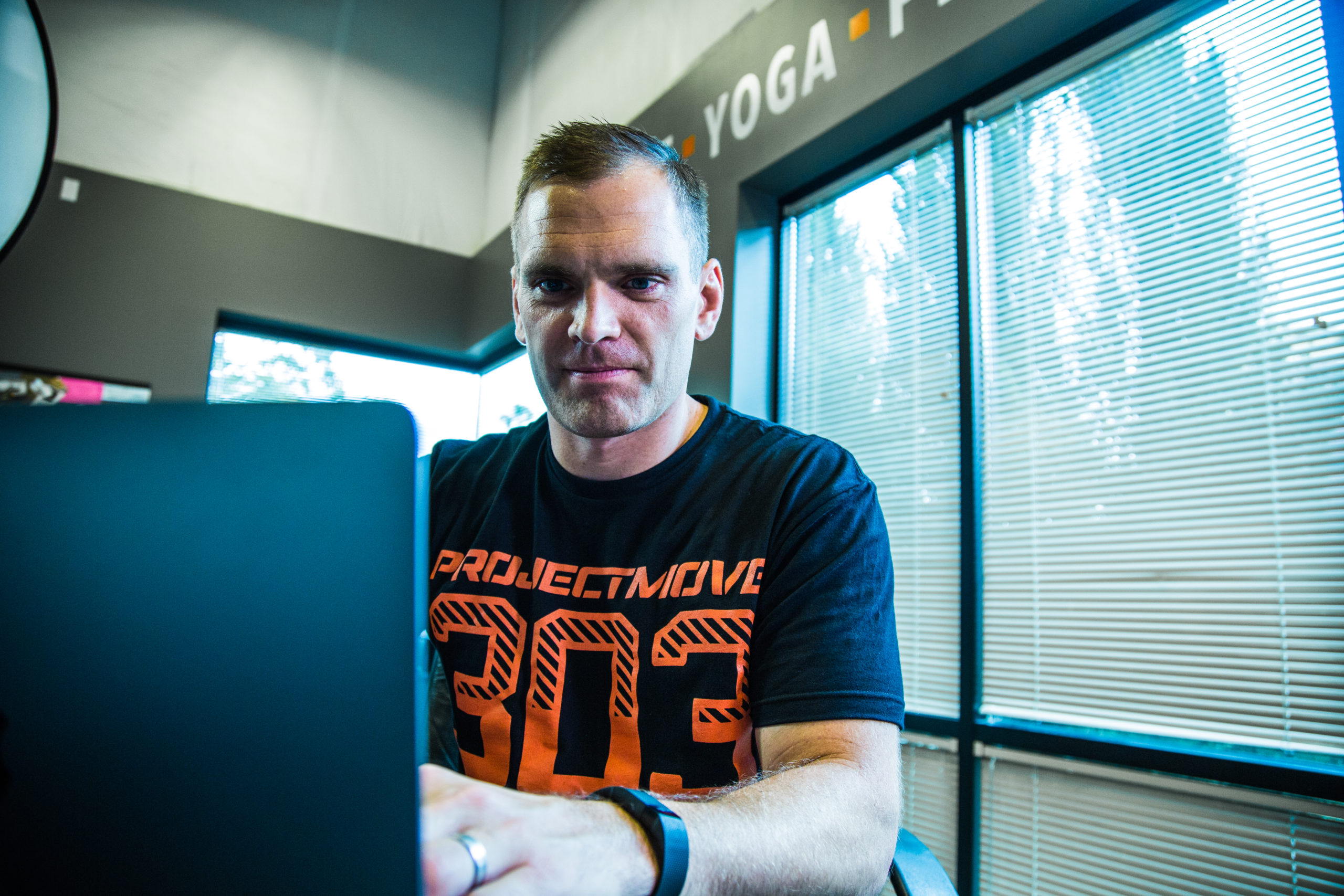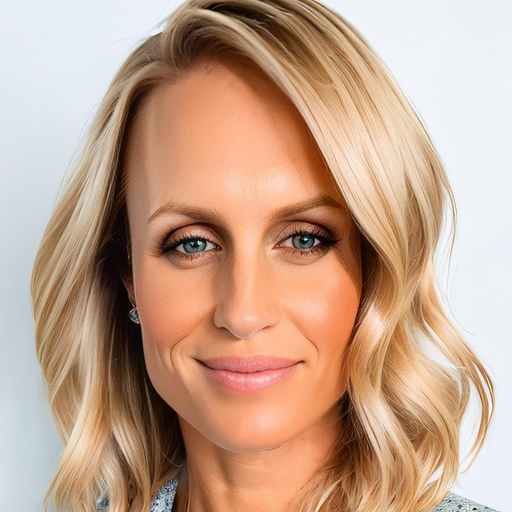8 KPIs Fitness Businesses Should Be Tracking

When you run a small fitness business, tracking success is imperative. Having a defined set of metrics you consistently turn to helps you ensure that you double down in successful areas and make pivots in underperforming areas of the business.
What are KPIs?
Key Performance Indicators, or KPIs, are predefined numbers that you measure the efficacy or profitability of your fitness business against.
While these KPIs are applicable to almost any type of fitness business, some have greater relevance for fitness studios. If you run a different kind of fitness business, you might want to check out Yoga Studio Metrics to Measure or The Most Important Metrics for Running a Martial Arts School.
But ultimately, to move toward running a successful gym, check your list of priorities against the eight we’ve laid out below.
1). Revenue per Member
Annual Revenue ÷ Number of Members
Most studio fitness businesses measure Revenue per Member. This simple calculation provides clarity and ease of tracking, which makes it such a commonly used measurement.
What revenue per member does not do, however, is give you any insight as to how or where your clients are spending their money with you. Therefore, while revenue per member is a great KPI at a high level, you’ll need more to understand what’s working and what’s not working within your studio.
2). Average Class Attendance
Total Number of Class Attendances ÷ Number of Members
Not surprisingly, Average Class Attendance (ACA) is also a highly tracked metric across fitness studios. After all, if classes are the heart of your business, then ACA is critical for two reasons:
- The ACA must support the instructor, and class size will determine the break even and profitability of each class, allowing you to reschedule or replace as the case may be
- The profit/loss on each class is a critical component to the profit/loss for the entire studio
The problem with ACA isn’t with what it measures, but rather what it doesn’t measure – revenue. If you’ve embraced internet middlemen (Like Class Pass) or if you’ve otherwise discounted for any reason – your attendance may be up, but your profitability could easily be down. Be wary of using this metric in isolation from others.
3). Member Retention Rate
(End Count Members – New Members) ÷ Start Count
The fitness industry has struggled with member retention since the beginning of time. Retention, the percentage of members you retain, is critical to long-term profitability for two key reasons:
First, if you’re losing too many members, there may be something wrong with your business. Are you delivering on your brand promise? Is your pricing in line with your offerings? Are your members receiving the experience they’re looking for? Poor retention rate is an indication that something is amiss.
Second, the only way to replace a member who’s scurried out the back door is to bring somebody new in through the front door. That means marketing strategies, tactics, messaging, time and expenditure along with concomitant sales effort.
Therefore, Member Retention Rate is a strong, analytical KPI. Keep measuring it.
4). Profit Margin
(Revenue – Cost) ÷ Revenue
Every business selling anything needs to know its Profit Margin (PM). Calculated as a percentage of revenue, PM is simply how much you have left over once you’ve applied expenses to revenue.
What PM must also do is look behind the numbers. Overall profitability is the goal, of course, but are all elements of your business profitable? Are there areas that can be turned around? Or should new programs that can deliver more to your bottom line replace them?
5). Average Daily Attendance
Member Check-In Count by Day
Despite being tracked by numerous fitness studios, Average Daily Attendance, might be the least effective KPI of them all. Yes, how many people come in each day is a nice number to know, but it doesn’t answer the following questions:
Why are these customers coming in? What time(s) of the day are they coming? Are they coming in alone or with a friend? What do they do once they’re in the studio? Do they all pay?
6). Revenue per Session/Class
Annual Revenue ÷ Total Annual Session Count
If you’re in the Group Ex business, as many studios are, then Revenue per Session (RPS) is an excellent KPI to track primarily because it measures income assigned to your number one offering and can be easily tracked in your fitness management software.
Not only will RPS tell you if your sessions are profitable, it ranks your sessions – and instructors – so you can determine those exceeding expectations based on day/time of a class, type of class and instructor for the class.
Given that direct expenses beyond instructor’s time are minimal for most classes, it will be a simple calculation to determine net income per session – one of the keys to your success.
7). EBITDA
Earnings Before Interest, Taxes, Depreciation, and Amortization
EBITDA is nearly as difficult to understand as it is to pronounce. Yet it’s one of the most under-tracked and underutilized KPI’s, generally only reviewed with your accountant when it’s time to file your taxes or you’re getting ready to sell your business.
EBITDA is essentially a determination of a company’s current operating profitability (i.e. how much profit it makes with its present assets and its operations on the products it produces and sells, as well as providing a proxy for cash flow).
8). Revenue per Square Foot
Annual Revenue ÷ Square Feet
Revenue per Square Foot (RPSF) measures how much money you’re generating from the space you’re occupying – an incredibly useful nugget of data that, sadly, is being missed by a significant number of studio owners.
RPSF is an easy calculation. For example, if your studio generates $300,000 annually and you occupy 3,000 square feet, your RPSF is $100. The average studio generates an RPSF of roughly $70, but some gyms and studios are double or even triple that.
How? RPSF tells you the spaces that are producing for you and those that are not. It forces you to view your studio and your business from a space utilization perspective and once that occurs you will readily see areas (literally) that can be turned into profit centers.
It would be overwhelming to track all 8 of these KPIs at all times. Choose the two or three that make the most sense for your business and stick with them. You’ll be amazed at how much clarity it will bring to your operation.
Article originally published October 2017 and updated May 2022.

I’m Coach Kelli, a devoted CrossFit gym owner with 15 years of experience managing my facility, along with owning yoga studios and wellness centers. Beyond the fitness world, I have a passion for cooking, cherish moments with my children and family, and find joy in spending time outside. Having experienced the highs and lows, I’m dedicated to leveraging my expertise to help you grow and succeed on your fitness journey.

I’m Coach Kelli, a devoted CrossFit gym owner with 15 years of experience managing my facility, along with owning yoga studios and wellness centers. Beyond the fitness world, I have a passion for cooking, cherish moments with my children and family, and find joy in spending time outside. Having experienced the highs and lows, I’m dedicated to leveraging my expertise to help you grow and succeed on your fitness journey.







